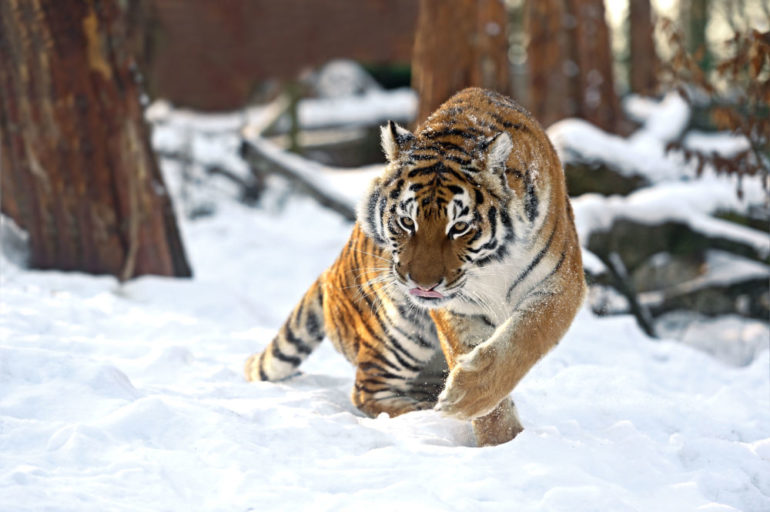All over the world there are species of animals whose number is rapidly reduced. Under the influence of climatic conditions, pathogenic organisms, active human activity, wild nature remains without living organisms that play an important role in our ecosystem.
Contents
- Animals of the Red Book of Russia
- Animals of the Red Book of the World
- Small mammals listed in the Red Book
- Red Book: Dog family
- Bear family in the Red Book
- Kunih family predators, listed in the Red Book
- Family of cats listed in the Red Book
- Substacular animals listed in the Red Book of the World
- Non -part -time mammals listed in the Red Book
- Lastogeny, listed in the world red book
- Whaling, listed in the Red Book
- Primates and marsupials that are in the Red Book
- Reptiles and fish listed in the Red Book
- Birds listed in the Red Book
- Video: Traveling on the pages of the Red Book
The Red Book focuses on the problems of nature and is the first important step in the struggle for their survival. We propose to consider a list of rare animals listed in the Red Book of Russia and the world.
Animals of the Red Book of Russia
- Red Wolf -large predatory mammals with unusual color and elongated wool. Due to the red shade of the red wolf, they are often confused with a fox. Attractive external features led to mass shooting of animals, which is why the number of this variety decreased significantly. The habitat of the Red Wolf is the Far East, China, Mongolia. The inhabitants of the mountainous areas are moved in small groups.
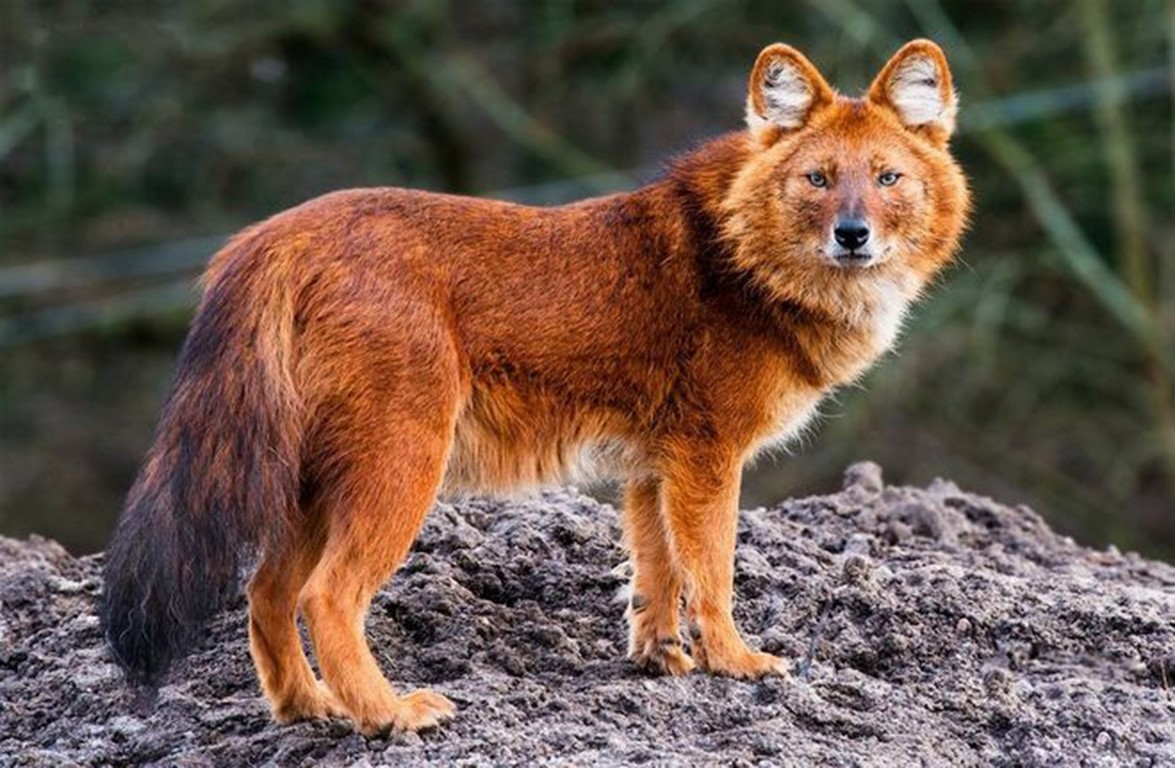
- Amur tiger -a representative of the cat family, a symbol of the Far East. An animal with a large physique, wide paws and thick long wool. Life expectancy in the wild is about 10 years. They hunt one in their territory. Thanks to the introduction of the animal in the Red Book, since 1930, the population of Amur tigers has grown ten times.

- Far Eastern leopard -a dexterous and graceful predator, a small population of which has been preserved in Primorsky Russia. The length of the Leopard’s body reaches 1.5 meters and ends with a meter tail. Animal weight is more than 50 kg. Short fur is covered with a beautiful spotty pattern. Life expectancy in captivity reaches 20 years, in the wild no more than 10.

- Snow Leopard -large -sized predatory mammal. The representative of the cat has a smoky gray color with a white pattern. The main habitats of the snow leopard in Russia received the status of protected natural objects. The presence of populations in the mountainous area with a harsh climate contributed to the preservation of a small number of individuals. The snow leopard replenished the red list of the International Union of Nature Protection.
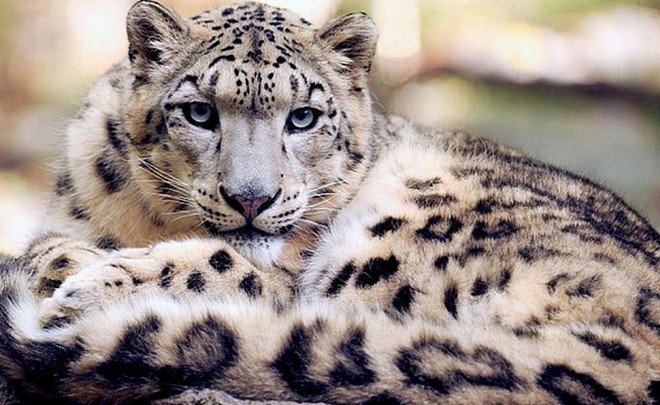
- Kabarga -a greenhouse animal inhabiting mountain slopes of Eastern Siberia. Kabargs have a brown color and externally resemble deer. The weight of the animal reaches 13-15 kg. The key difference is the absence of horns, long curved fangs and elongated hind limbs. In search of plant foods a maneuverable animal can move along the slopes of trees. In coniferous forests, it occurs one by one, sometimes in groups of up to 3 individuals.
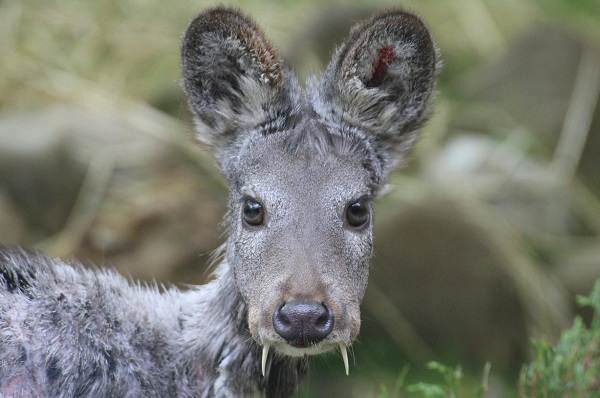
- Forest Sonya -a small-sized animal is small-sized with a grayish-yellow color. The rodent has an acute muzzle, large eyes and well -placed rounded ears. With the help of the tail, he skillfully moves along the branches of the trees, where he sets himself a home. Forest Sonya can be met in the garden and park zones of the European part of Russia. It feeds on plant foods, trees, small insects. Life expectancy is up to 6 years.
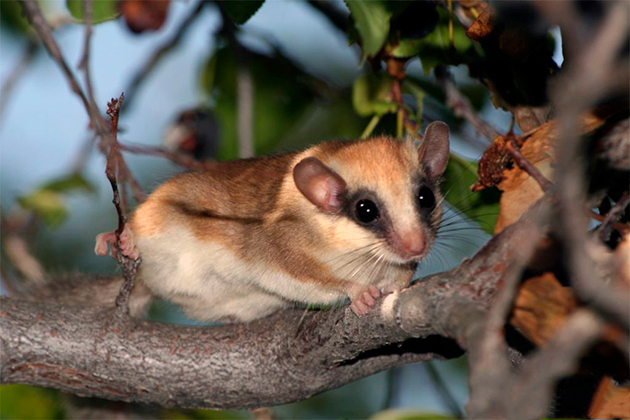
- Mountain sheep -ungulates with very massive horns. About 1000 individuals have been preserved in Russia. Males with developed beautiful horns are the desired prey of poachers, which is why the number of animals is constantly in jeopardy. Another reason for the reduction of the population of the rams is the harsh in harsh winter conditions. The animal is listed in the Red Book of the Russian Federation.
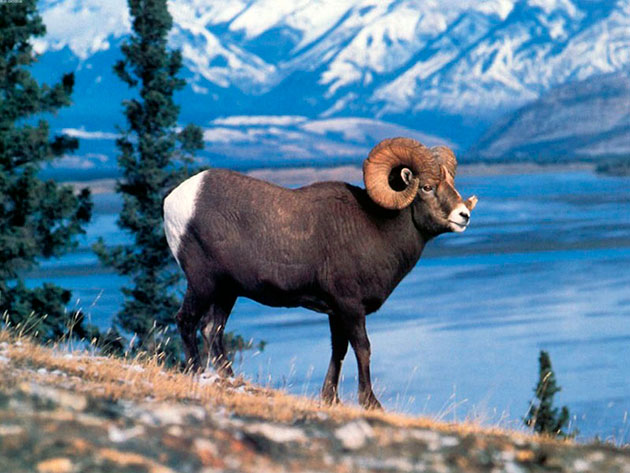
- Spotted deer -a large representative of deer with a red undercoat in white spots. The main advantage of males is massive four -pointed horns. The weight of an adult is more than 100 kg. Friday deer graze with a harem with a number of up to 15 individuals. Their number increased significantly thanks to Soviet reserves.
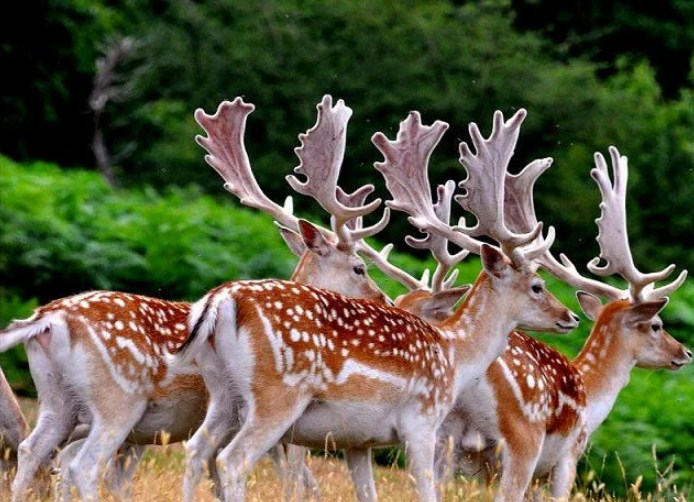
- Manul -a predatory representative of the cat with a long and very fluffy fur. The weight of the wild cat reaches 5 kg. The flattened upper part of the skull gives the predatory beast a sullen embittered look. Manul does not make contact with a person and prefers to live in the deserted distant corners of Siberia. As a view of the threat to extinction, the predator is listed in the Red Book of the Russian Federation.
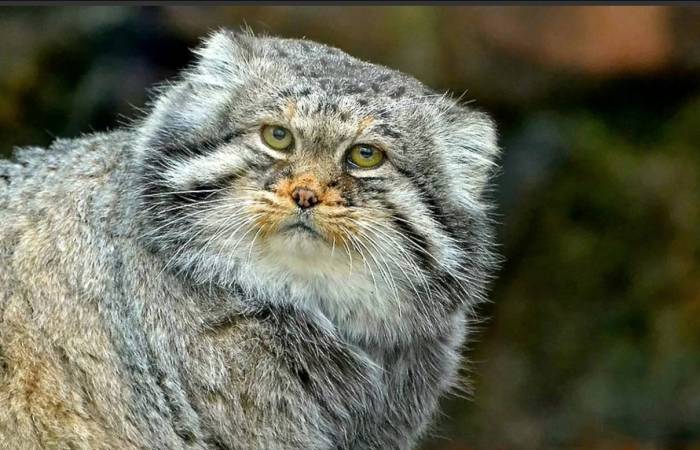
- Dzeren- Ungulates herbivore. On the territory of Russia is found in protected areas. The reduction in number is associated with the active settlement of man in the southern territories. Skorogic has sandy color, short tail, black, gentle horns and excellent vision. Large populations live in the steppe areas of Mongolia and China.
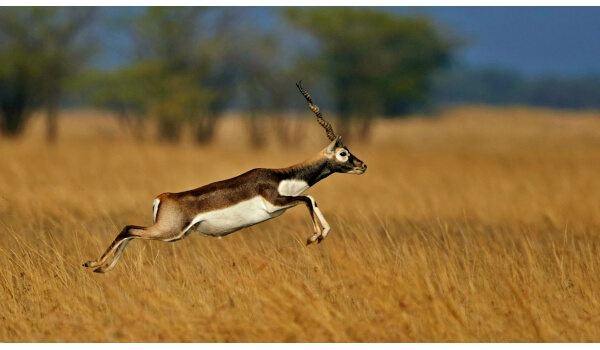
- Amur mountain - a large mammal with a clumsy body structure. In males and females, thin twisted horns up to 20 cm long grow on their heads. The habitat is the Far East, the Primorsky Territory and the territory of China. Move in small groups. Less than 1000 individuals remain in Russia.
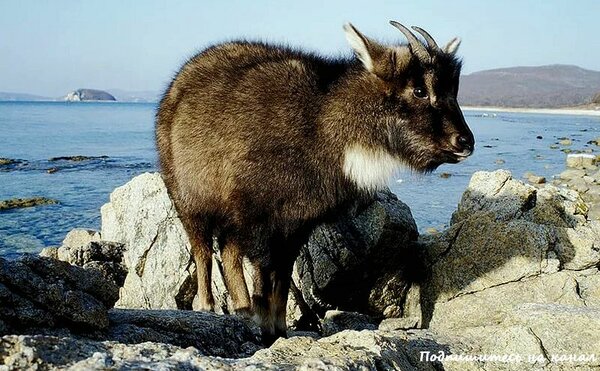
- White -faced dolphin -the inhabitant of the Barents and the Baltic Seas. A resident of the northern latitudes has a short body, a small head and a neat beak. Dolphins move in flocks from 10 individuals. In conditions of wildlife, they live up to 30-40 years. The main threat to the dolphin is industrial pollution of water and fishing fishing.

- Eastern long wing -the small species of bats living in the warm regions of Russia. The mass of small steam rooms is only 20 g, while the wingspan reaches 40 cm. As a result of scientific studies, the Eastern long wing is listed in the Red Book.

- River beaver -a large representative of Russia's rodents. Sows the shores of reservoirs . A thick undercoat allows you to comfortably exist in water with low temperature. To preserve the beaver population, target measures were carried out to increase their number.

- Sivuch -last -legged eared seal of large sizes. The mass of an adult male is more than a ton. They live in the premiums. For the sake of food, they cleverly dive to great depths. On the rocky capes of Russia and the Far East, you can meet a group of vacationing seals. Due to the very low number, the sivable is listed in the Red Book of Russia.
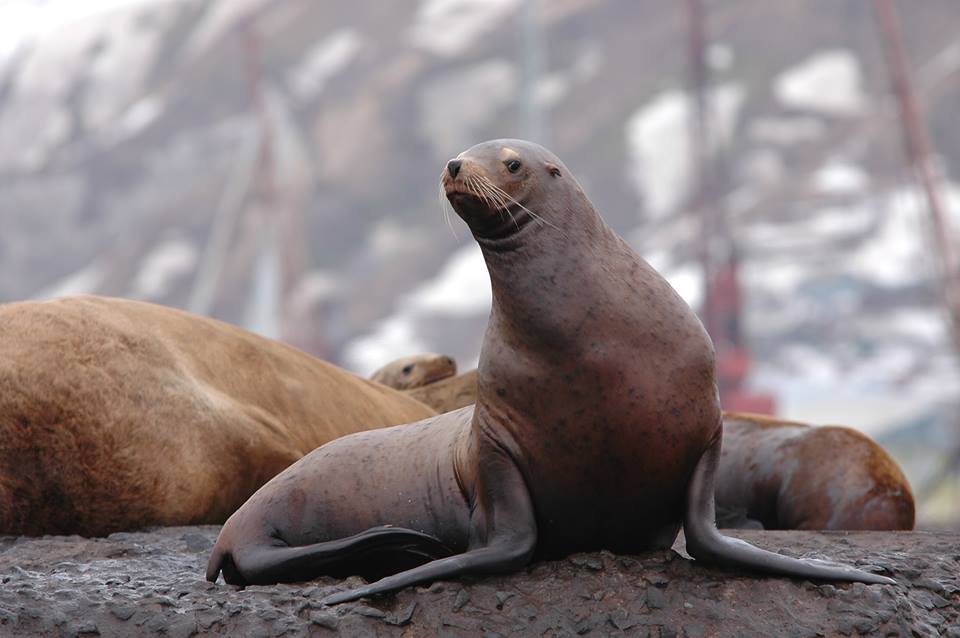
- Kulan- Little -sized representative of the horse family. The animal has a red color and a dark mane along the entire spine. Elubicated hooves on thin legs help the kulans quickly move and fight off from predators. The lack of food in the cold season and many predatory animals in the wild affected the reduction of the population. On the territory of Turkmenistan, the number of kulans is supported by human efforts.
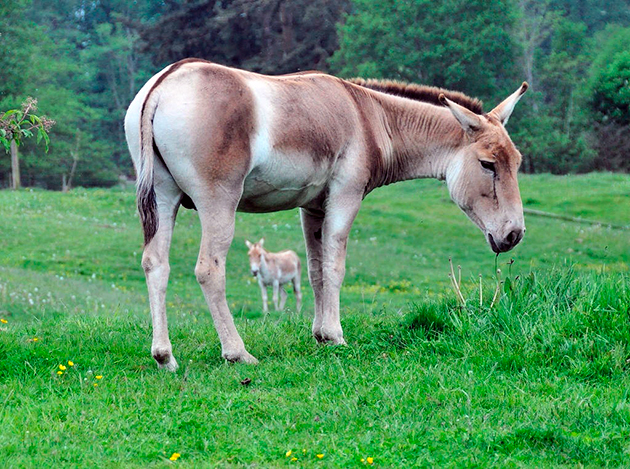
- Przewalski's horse - A rare view of the horse, preserved in the territories of reserves and zoos. The weight of an adult is up to 350 kg. The horse has a dense stocky physique and short legs. Received the status of a disappeared appearance in the Russian and international red book.

Animals of the Red Book of the World
Small mammals listed in the Red Book
- Tarbagan- Mongolian marmot. The inhabitant of the Mongol steppes, the Altai Territory and the eastern part of China. For life, they choose multi -track steppes and low -luminous plains. The body length of short -tailed marmots is about half a meter. Numerous populations occupy the holes of the territory up to 20 square meters. m.
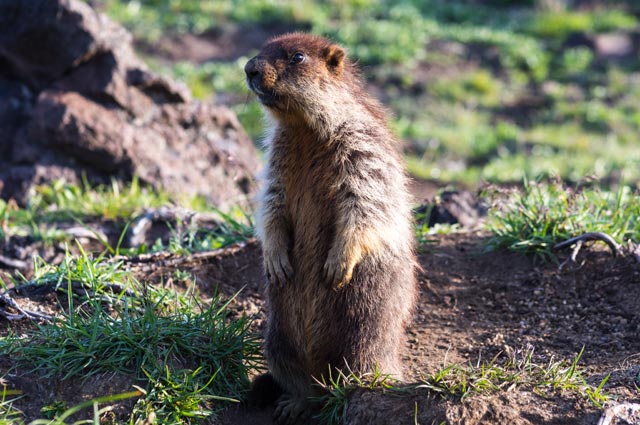
- Mottled gopher -the steppe rodent with body weight to 400 g. The brown back is strewn with small light spots. The habitat is Eastern Europe, Belarus, Poland. By the end of the 20th century, as a result of human activity, the number of rodents decreased by 80 %. A rare species of animals listed in the Red Book feeds on aboveground plants and insects, and selects dry meadows and pastures for habitat. Lives in the nests that he equips in the earthen burrows.
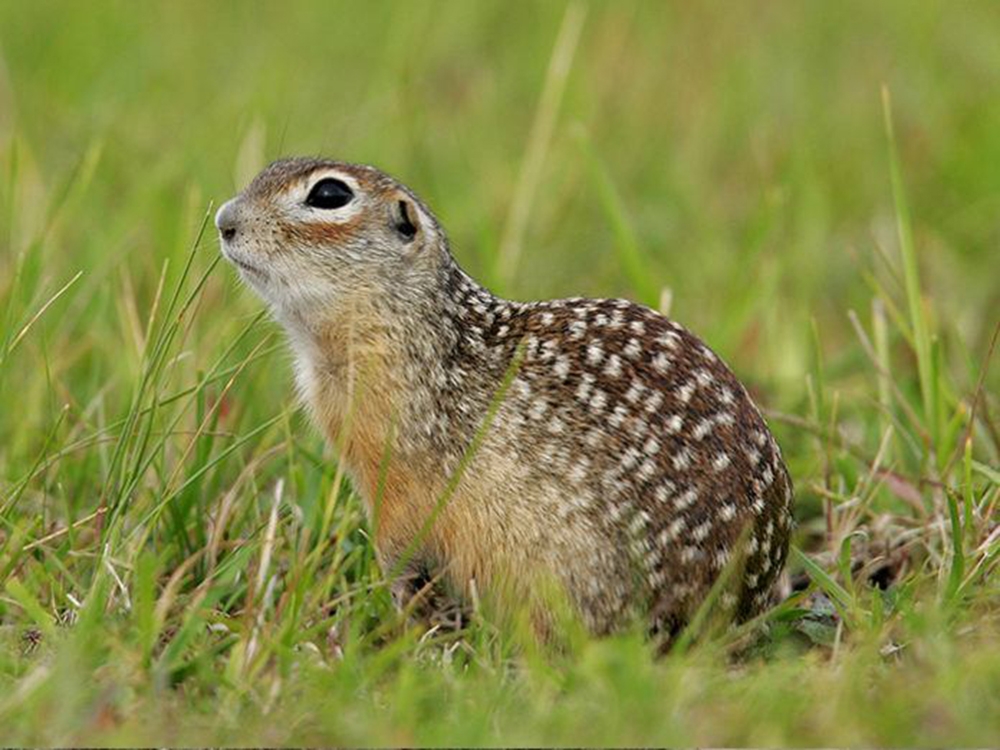
- Ordinary blind - ordinary -the steppe rodent living in Ukraine, Russia, Kazakhstan, China. The mass of an adult animal is no more than 50 g on the dumb face of two front incisors. They live in holes that are pulled out in fertile loose soils. Slipushnes are considered pests of agriculture.
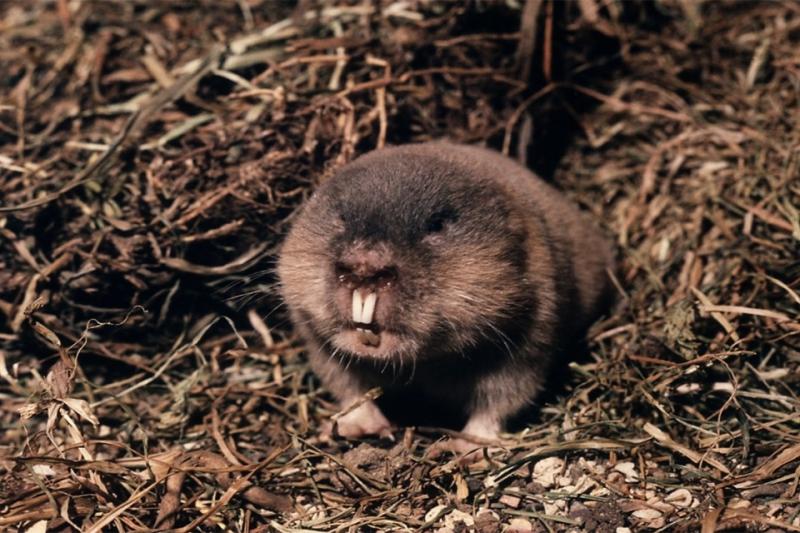
- Indian porcupine -one of the varieties of large rodents, whose body weight reaches 30 kg. The stocky animal is covered with short sharp needles, between which the spikes are located. They prefer a night lifestyle. The porcupines are moved in small groups. A rare and endangered species retained its population in Kazakhstan.
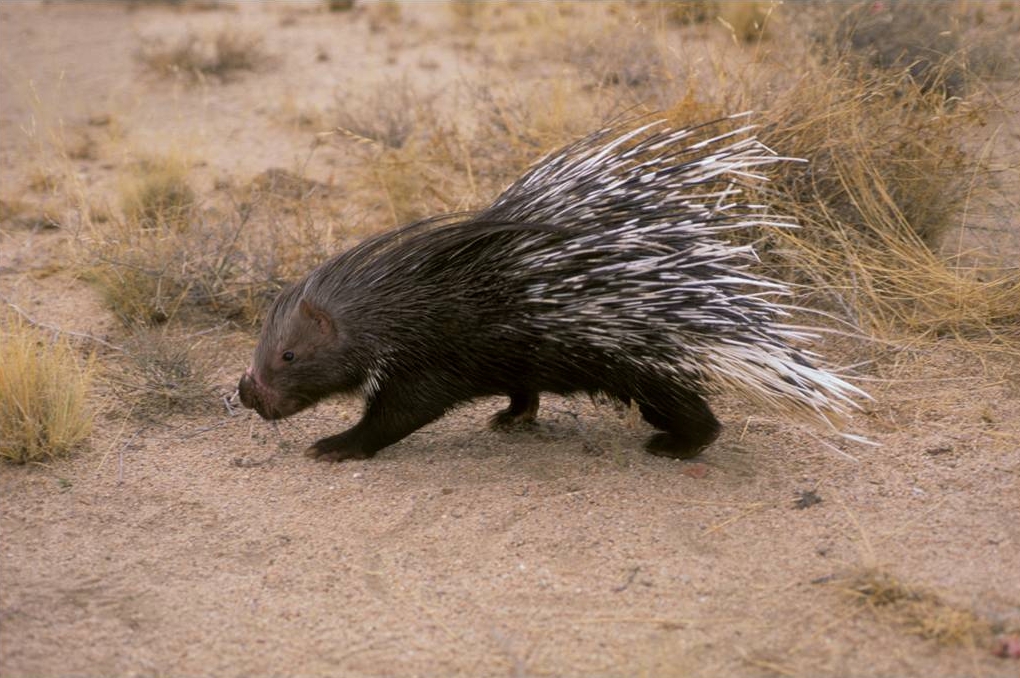
Red Book: Dog family
- Steppe fox - A small predator with a dull color. Body weight is not more than 6 kg. For habitat, he prefers to use ready -made holes dug by other animals. In the cold season, the animal migrates closer to the southern regions. Life expectancy is about 10 years. The fox is found in the steppe areas of Europe and Asia.

- Blue arctic fox -a representative of the Psov family living in Central Eurasia. Due to a beautiful blue fur coat, an active hunt was made on a small animal. To maintain the populations of the blue fox is bred in captivity. In the wild, they live in complex underground labyrinths. The subspecies with the status "under the threat of disappearance" is listed in the Red Book of Russia and the world.

- Polar fox -an ordinary arctic fox with a gray-white fluffy fur coat. The structure of the body and thick fur helps to survive animals at very low temperatures. They live in underground burrows on the islands and coasts of the Arctic Ocean. One female takes more than a dozen cubs.

Bear family in the Red Book
- Polar bear -a large ground predator living in the territories of the Northern and Arctic Ocean. Thanks to a well -developed sense of smell and sharp vision, bears are good hunters. They prefer to stay alone. A population of several tens of thousands of white bears by the beginning of the 21st century decreased to a critical number.
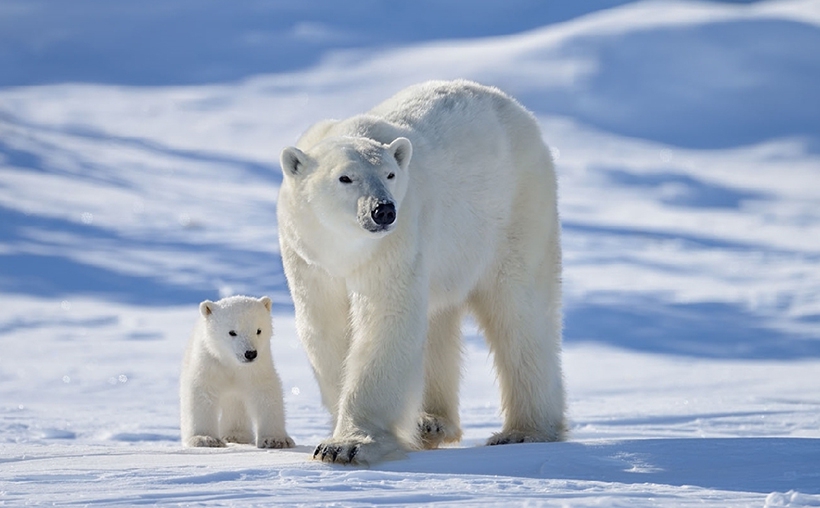
- Brown bear -a massive animal with body weight up to 200 kg. Powerful paws with bulging nails help bears to get food. The animal has many subspecies, each of which is characterized by its own color - European, Caucasian, East Siberian, Ussuri. For habitat, choose a specific area and defend it. For the winter they hibernate. Life expectancy is up to 30 years.
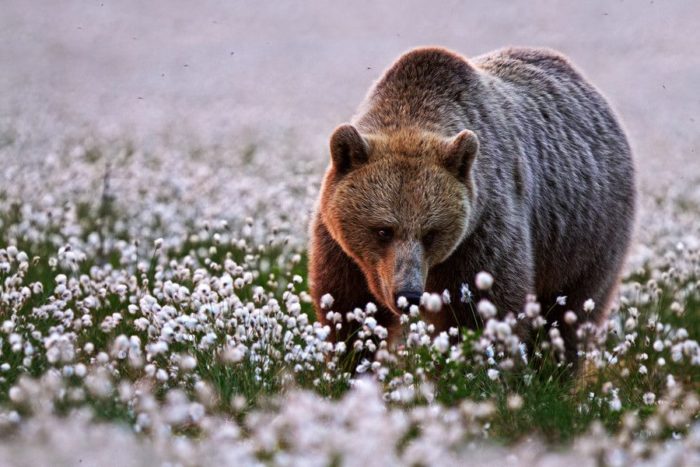
- The point of the bear -a rare representative of bear, living in South America. On the dark hair of the animal there are light red-brown shades. They prefer a single lifestyle. Do not consolidate areas and do not pose a threat to humans. Life expectancy is up to 20 years.
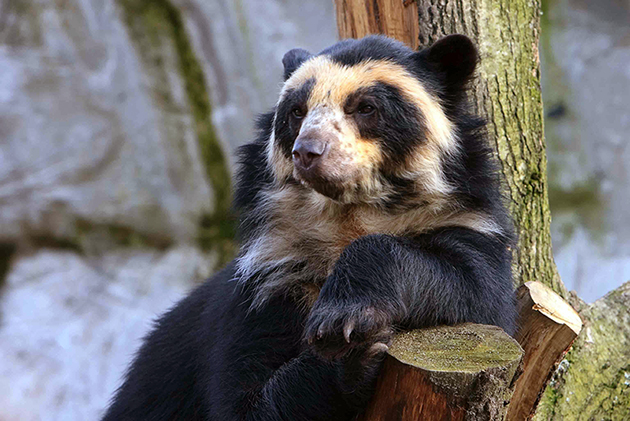
Kunih family predators, listed in the Red Book
- European mink - Predatory mammals living in Central and Eastern Europe. Small animals with brown fur live near rivers, lakes, mountainous streams, reclamation channels, etc. By the end of the 20th century, the number of individuals in the tracking territories decreased by 6 times. Near the waters of the Dniester and the Danube, less than 70 mink individuals live.
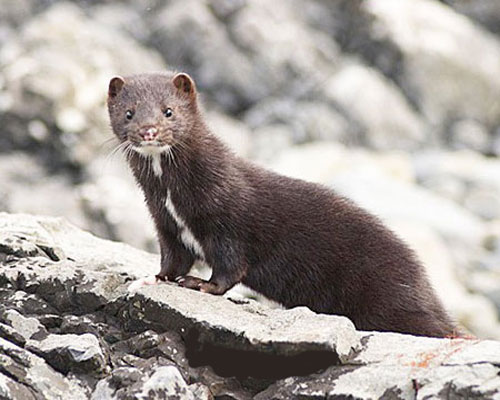
- Kalan - Sea otter with fluffy fur weighing up to 40 kg. Most of the time mammals are spent in water. The populations live on the banks of the Pacific Ocean, on the coast of Kamchatka, on the northern islands of Alaska. According to studies, the number of kalans is rapidly reduced due to a lack of food, picked infections due to injuries from industrial vessels.
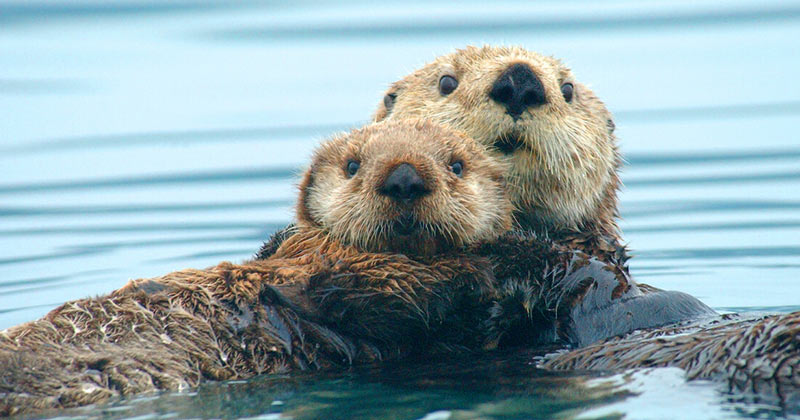
- Ermine -A small fluffy animal with a red-white color on the body and a black tail. An adult ermine weighs no more than 700 g. For habitat, forest -steppes and taiga areas are chosen. In search of food, ermine is torn by strangers. Lead a single lifestyle, fixing the territory.
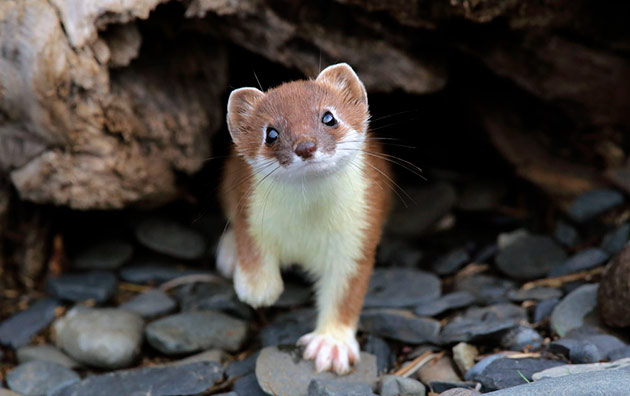
Family of cats listed in the Red Book
- Ordinary lynx -a large representative of a cat family with a beautiful soft fur. The weight of an adult reaches 20 kg. A distinctive external feature - brushes on the ears that improve the work of hearing organs. The lynx lives in dense forests. A decrease in the area of \u200b\u200bforests has led to a reduction in numbers, so the lynx is listed in the Red Book.

- Asian cheetah - An animal population has been preserved only in Iran. Large cats have a small head and short neck, short limbs and thick spotted wool. The cheetahs are very hardy and are able to overcome long distances. Lead a single lifestyle, uniting only for mating. An animal population decreased from attacks by other predators and various infections.

- Striped hyena- a large animal with a body weight of up to 60 kg. The rough and straight coat of the animal is painted with chaotic stripes. Turning chewing muscles are clearly visible on the face. Hyenes lead a night lifestyle and are found outside the borders of Africa. The reduction of populations led to the introduction of animals in the Red Book.

- African lion -mighty animals with a beautiful mane on the head, shoulders and chest. By color and density, mane can be determined by the age of the animal. On the tip of the tail is a fluffy brush. The lion lives on African and Asian continents. Life expectancy under favorable conditions is from 20 to 30 years. The reduction in the number of animals was actively influenced by animal hunting.

- Florida Puma - A small number of animals lives in the reserves of Southern Florida. The representative of the cat has a red color of wool, neat physique and high paws. The tip of the tail is a little bit up. Animals are listed in the Red Book, as they were on the verge of extinction due to climatic changes and sports hunting.
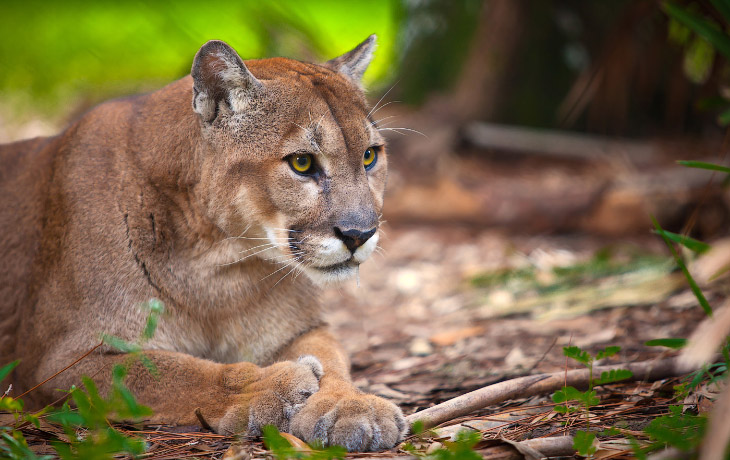
Substacular animals listed in the Red Book of the World
- Saigak- Large paired cake on thin legs. The animal’s nose resembles a proboscis. On the head of the males are embossed horns. Currently, saigas live only in the territories of Central Asia. The population is restored or rapidly falling due to infections and poaching.
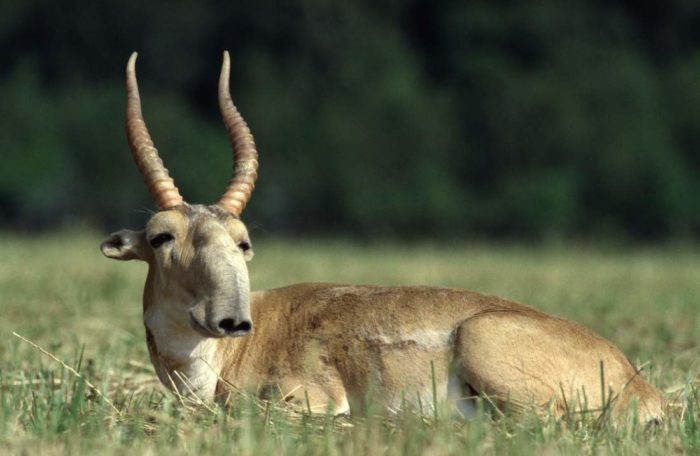
- Bison - A large horned animal with a massive front of the body. The back of the greenhouse begins with a large hump, the body is covered with brown hard bristles. A small animal population has been preserved only in the nurseries of Ukraine. Earlier, bison lived in 33 different countries. Today, bison is listed in the Red Book.
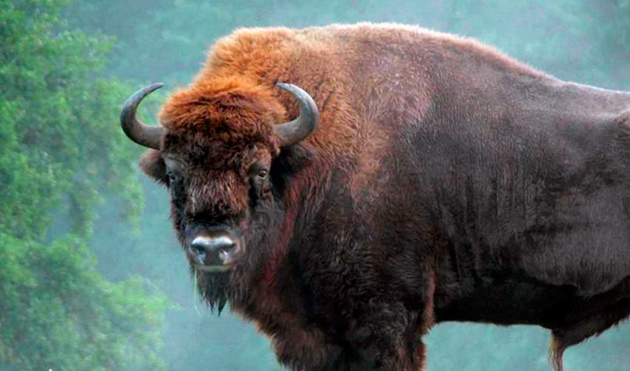
- Reindeer - Wild animal, playing an important role in the functioning of natural ecosystems. It lives in the north of Eurasia and America. For the peoples of the north, deer acts as a source of food and clothing, replace transport. Uncontrolled hunting led to a reduction in the population and getting into the Red Book.

- Antelope Jayran - a graceful animal with an complexion of up to 30 kg. Wave -shaped black horns grow on the head with a multi -ring structure. The white-beige shades of the animal’s body contrastly completed a short black tail. Half -desert areas are chosen as a habitat. They are found on the territory of Armenia, Afghanistan, Georgia.
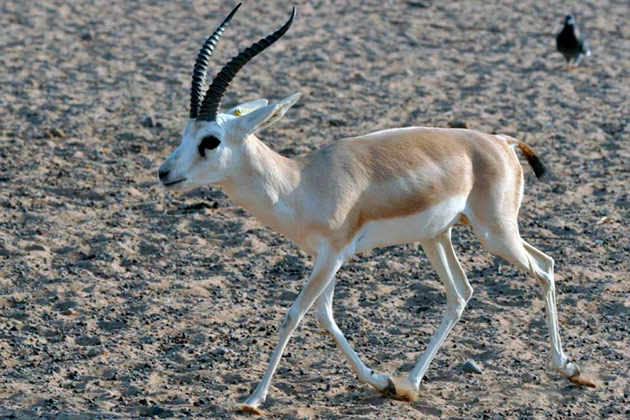
Non -part -time mammals listed in the Red Book
- Sumatran rhino - One of the five types of rhinos with the smallest body complexion. Mammals live in South Asia. The population is no more than two hundred. Due to mass cutting down forests and poaching, it is listed in the Red Book as an endangered species, the number of which has decreased by 70%over the past 20 years.
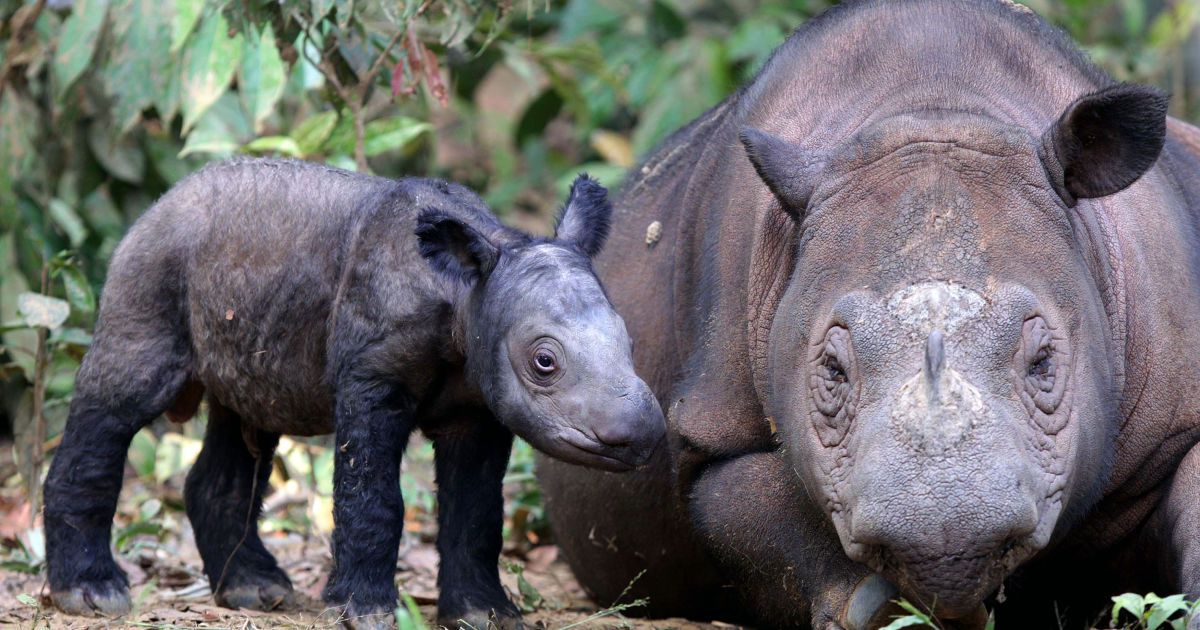
Lastogeny, listed in the world red book
- Ordinary seal -a predatory mammal lives on the coasts of the Atlantic and Pacific Oceans, the Baltic and North Seas. The weight of adults reaches 130 kg. To protect your life, rocky areas are chosen. Two subspecies of seals are listed in the Red Book.
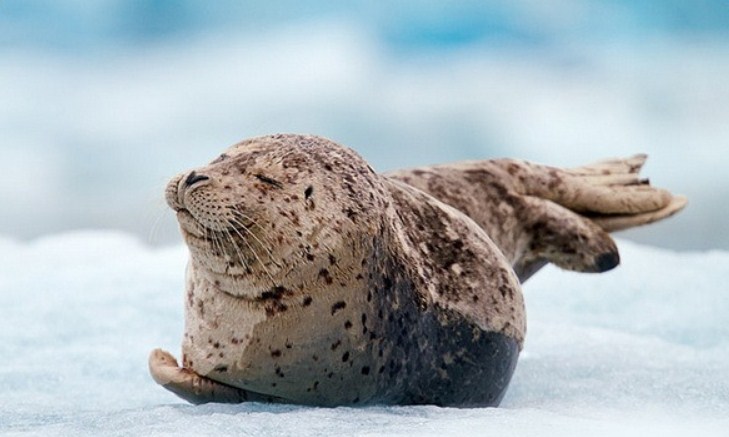
- Athlantic walrus - The inhabitant of Barents and the Kara Seas. In an adult, weight reaches more than one and a half tons. A characteristic external feature is 2 saber -shaped fangs more than a meter long. It was possible to preserve the population only thanks to the scientific work done. The body of a large nasty animal is covered with thick skin, followed by a layer of fat.
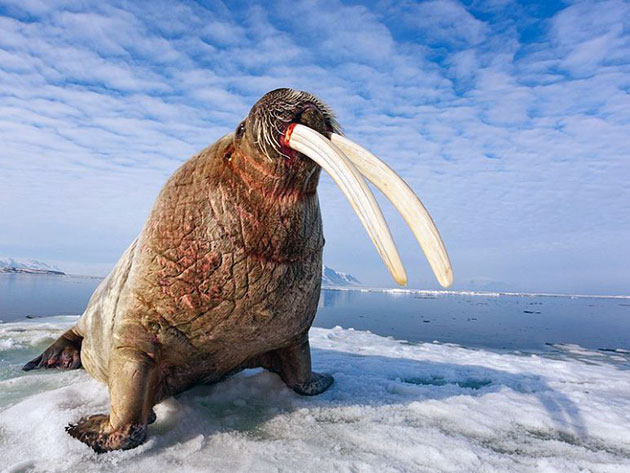
- Ringing seal -a small seal, which is at risk of disappearance. He lives in the cold waters of the northern hemisphere. The length of the body of an adult is up to 1.5 m, weight up to 80 kg. To date, their population is within a hundred and entered in the Red Book.

Whaling, listed in the Red Book
- Harbour porpoise -The inhabitant of the seas with a dark gray color. Body weight is up to 50 kg, the length of the body is up to 1.5 m. It is listed in the Red Book as an endangered look. Guinea pigs live up to several hundred heads. As a result of catching fish, naval shipping, underwater industry, the number of sea pigs decreased significantly.
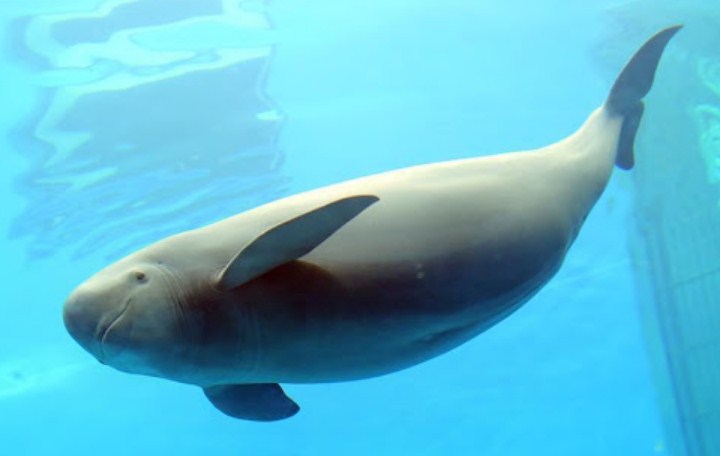
- Gray whale -the ancient mammal of our planet. The weight of an adult reaches 35 tons, the body length is up to 15 m. Extensive silty shallow water is chosen as the habitat. They eat up to fifty tributary invertebrates. Currently, an endangered species has been preserved in the waters of the Mediterranean Sea, on the coasts of Bering and the Sea of \u200b\u200bOkhotsk, in the shallow -water bays of California and Korea.
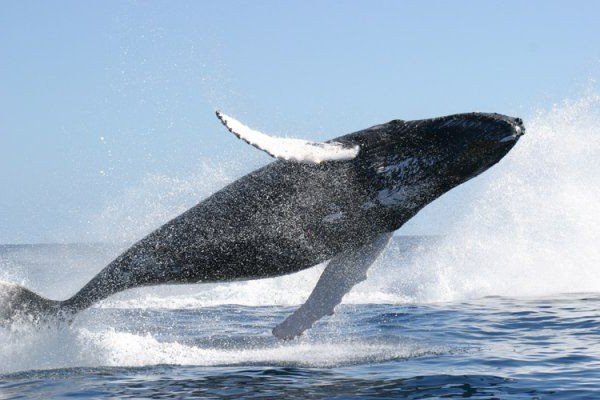
- White -sided dolphin - Inhabitants of the Atlantic Ocean. Move in groups of 50-60 individuals. The weight of an adult is from 200 to 300 kg. The number of marine mammals is affected by poaching. A white -sided dolphin in the Red Book, as a type of concern.

- Sperm whale - A large representative of toothy whales. The inhabitants of the deep waters of the world ocean. Life expectancy is up to 70 years. A large number is found on the banks of Africa, in the warm waters of South Asia, in the Barents Sea, in the seas of the Pacific Ocean. They move in large groups to 1000 heads. The weight of an adult is up to 50 tons. The number of sperm whales in the world is difficult to assess, but every year the number decreases markedly.

Primates and marsupials that are in the Red Book
- LEMUR LORI- Slow small animal with large bulging eyes. Lead a night lifestyle alone. They feed on plant foods. Life expectancy is up to 20 years. Small lemurs are easy prey for large primates. Adverse natural environmental conditions also affect the reduction of numbers.
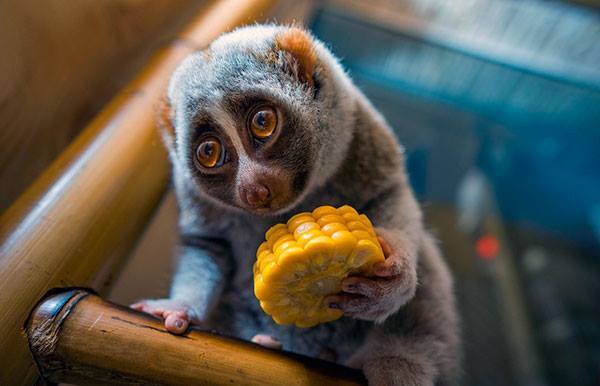
- Lion Besties- A little type of primates with an unusual color. Black wool is diluted with rzhe-bent areas on the head, limbs, on the back. Among the game, lion's bundles are the largest individuals weighing up to 30 kg.
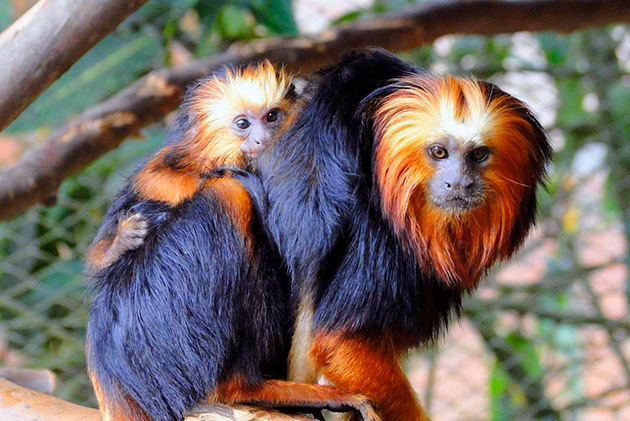
- Koala - Plush cubs with large ears and small eyes. Koala has weak vision, but well -developed smell. The diet is based on eucalyptus trees. The life expectancy of slow animals is up to 15 years. The main reason for the reduction of the population is burnout and deforestation.

Reptiles and fish listed in the Red Book
- Leatherback turtle - Large reptile weighing up to 700 kg. The key external feature is the absence of the shell. The power source for them is jellyfish. The habitat - the water of the Atlantic, Indonesia, North America.
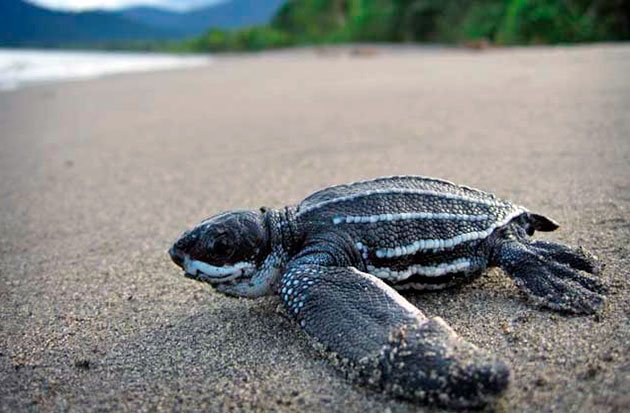
- Green turtle - a large marine animal living in tropics and subtropics. An adult gains up to several hundred kg. In search of food, they are able to be under water up to 5 hours. Active turtle hunting, as a source of delicious meat, led to a reduction in populations and replenishing the list of the Red Book.
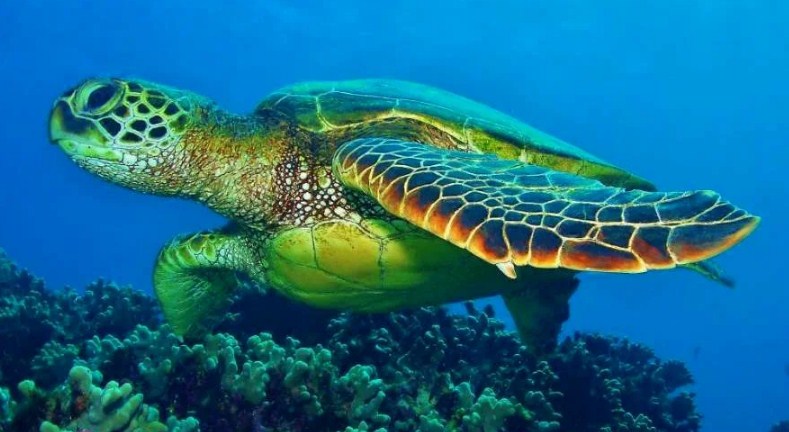
- Times-A salmon fish located on the verge of extinction due to the active fishing activity of a person. The weight of adult fish reaches 100 kg.
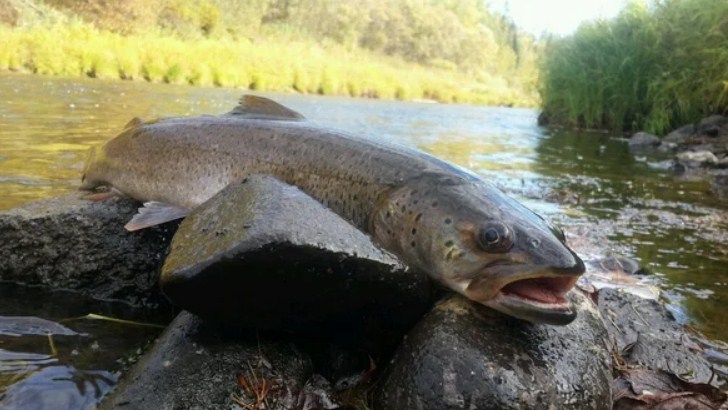
- Komodsky Varan -lizards of large physique. The weight of an adult reaches 90 kg. The tail of the tail is able to kill a horned predator. The length of the body with the tail is several meters. The population of the Varanians has been preserved only in Indonesia.
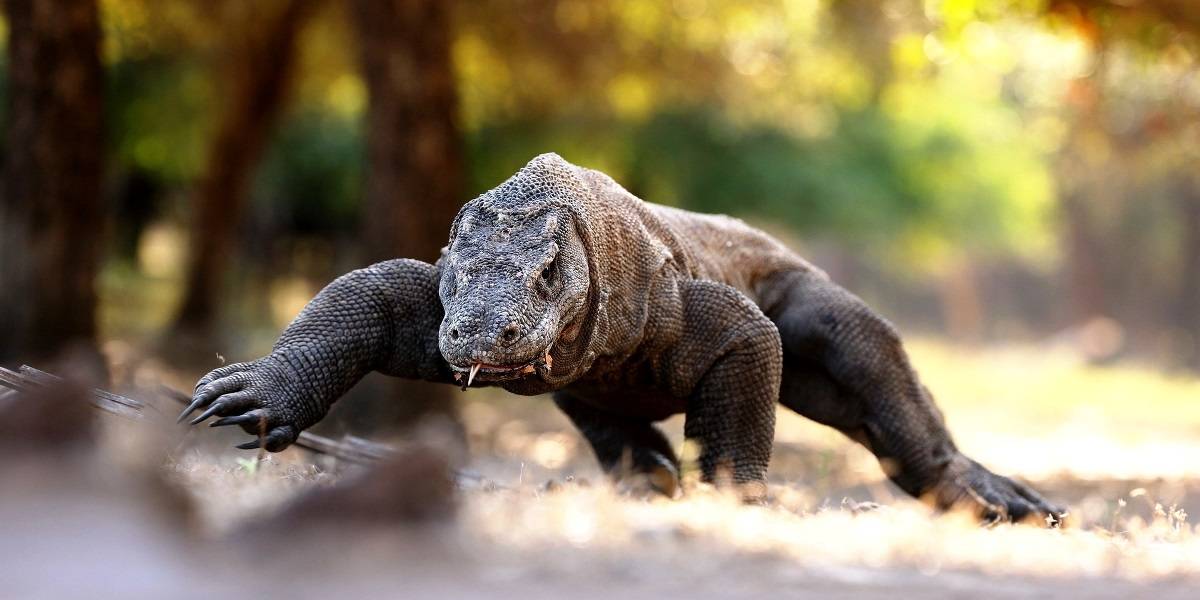
Birds listed in the Red Book
- The bird is a dead end -Sea birds with a pronounced bright orange beak. Thanks to short wings, the bird skillfully swims, getting food in this way. Instead of trees, they prefer to nest in burrows in the premiums.
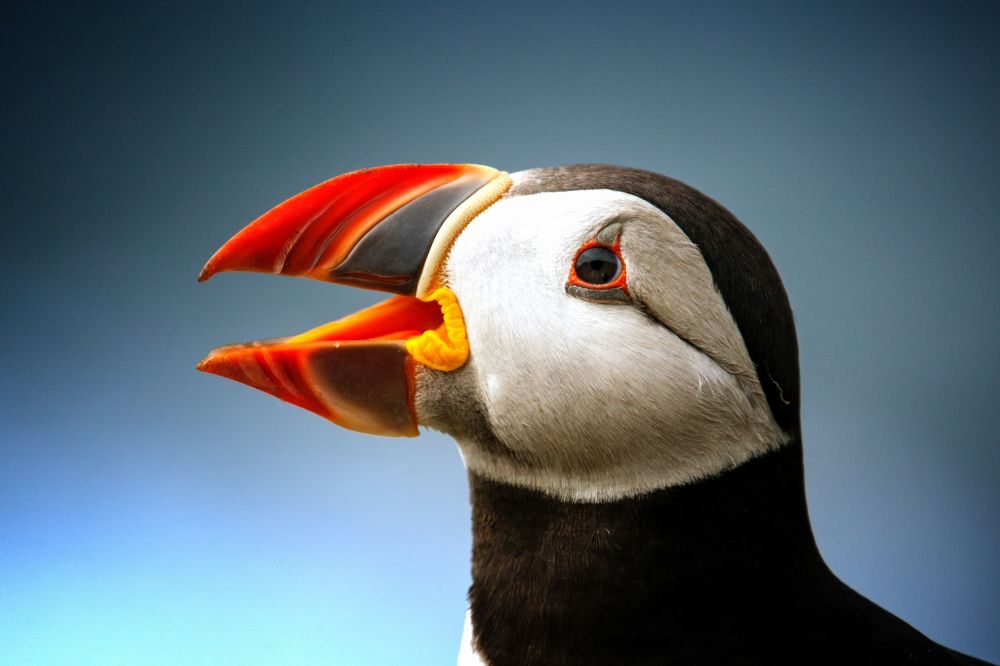
- Blue Ara - A peaceful representative of birds with a beautiful blue plumage. Hailing environment northeastern plain territories of Brazil with a small amount of vegetation life expectancy up to 10 years. The reduction in the number of birds and the application in the Red Book is associated with the active cutting of forests.
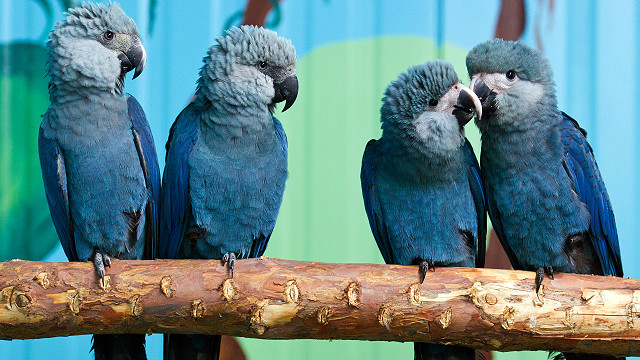
- Golden eagle- A predatory bird of the hawks family. The weight of an adult bird is up to 7 kg. Berrite has very strong limbs and a strong beak with a curved upper part. A hardy bird can be in flight for hours. The subspecies live in North and South America, East and Central Asia, in Siberia, in the Caucasus.
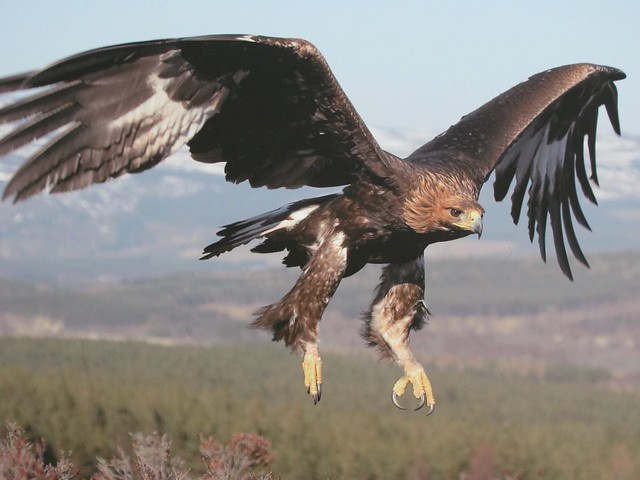
- Vulture - A predatory bird with a brown plumage, a small, unbelievable head and a large scale of wings. It lives on the territory of Crimea, Central and South Africa, in the Caucasus. The vultures feed on carrion, which is why they often die from poisoning.

As you can see, the list is huge and unfortunately updated annually. Let's take care of nature, so that such beautiful animals will delight us with their beauty as long as possible.
We will also tell you:
- Why do you need to feed birds in winter?
- If the dog snaps on the owner, growls and bites: what to do?
- How to survive the death of a dog or a dog's renegying?
- Why the dog eats grass
- Breeds of horses with photographs and names

